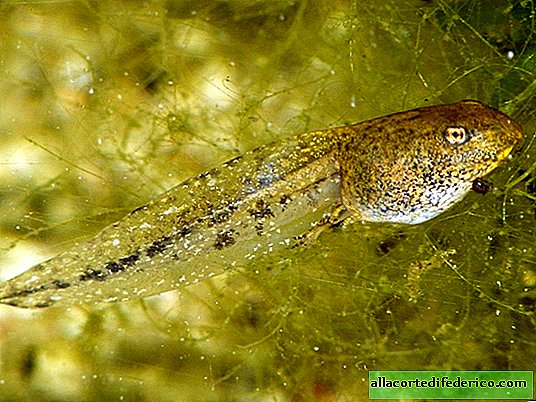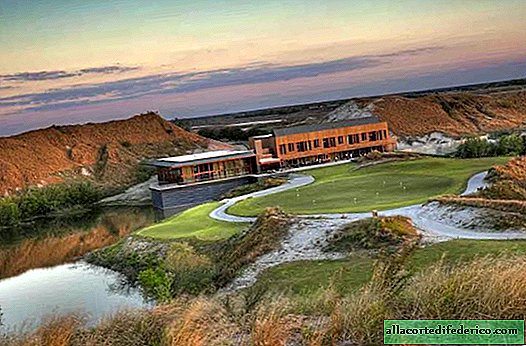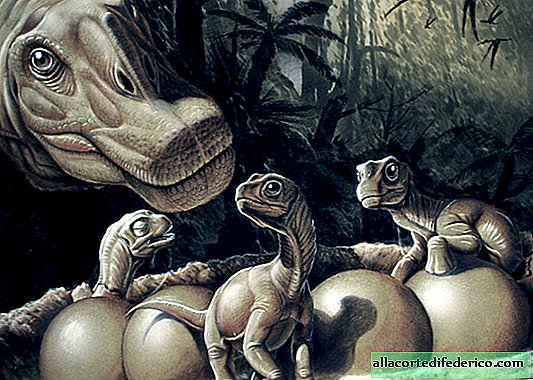Amphibians who mastered photosynthesis
Photosynthesis - the ability to produce oxygen and other substances with the help of sunlight, has long been considered the privilege of green plants, algae and some invertebrate animals. But, as it turned out, some amphibians are capable of such an unusual method for oxygen production for vertebrates.
We will talk about the salamander Ambystoma maculatum, which lives in North America, or the spotted ambistoma. Of course, she does not produce oxygen herself, but through algae, with which the salamander lives in close proximity. Mutually beneficial cohabitation of two organisms of different species in biology is called symbiosis. Before us is just a vivid example of such a relationship. As scientists have found, salamanders have achieved incredible results in this alliance.

Salamander photosynthesis is possible only in the embryo stage. The salamander, like all amphibians, reproduces with the help of water. These animals lay their eggs in water, and the developing embryos live in close cooperation with other organisms - unicellular algae. As far back as the last century, it was discovered that the algae Oophila amblystomatis live in salamander eggs and supply the embryos with oxygen. However, algae do not act as altruists. They receive nutrition from the embryos, which are products of the metabolism of small salamanders. Unicellular algae were found in the oviducts of females, and from there they enter the embryos. It was also noted that embryos with a higher algae content were more likely to survive and developed faster.

If algae significantly increase the survival of salamander embryos and accelerate their development, then the benefit of this union for unicellular is not yet fully understood. It turns out that it is easier for them to get food for themselves, but they do not have any dependence on salamander embryos. Yes, and algae propagation occurs year-round and is not associated with the development cycle of amphibians.
Now scientists are puzzled by the search for such symbiotic connections among other amphibians. It is possible that other vertebrates may also resort to photosynthesis using algae.

















